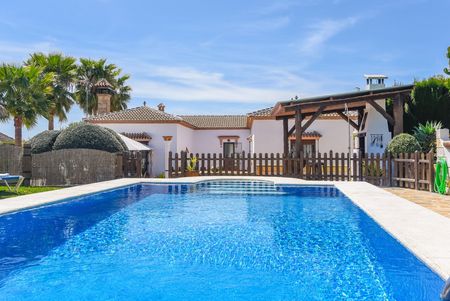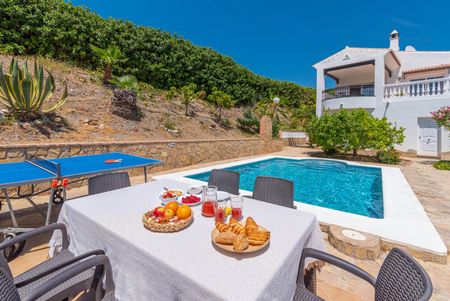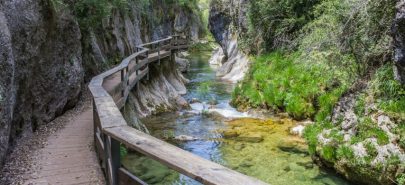Did you know that each year around 2 billion tourists travel the world? An activity that has become one of the most important economic engines of modern society and that also raises cultural awareness and builds communities. However, many times we do not stop to think about the damage it can cause, such as increased pollution, damage to heritage sites, environmental hazards, or the excessive use of resources. To combat this, the concept of sustainable tourism has emerged in recent times.
What is sustainable tourism?
The UN defines sustainable tourism as “tourism that takes full account of its current and future economic, social, and environmental impacts, addressing the needs of visitors, the industry, the environment, and host communities”.
Therefore, we can say that this concept is based on three fundamental pillars: the environmental, with the proper use of natural resources; the economic, promoting good business practices and the development of the local economy; and the socio-cultural, which involves respect for cultural diversity.
5 Basic Principles of Sustainable Tourism
From our position as tourists and travelers, how can we know what the good practices are that we should follow to improve our planet? It’s very simple: practice sustainable tourism consciously, with the aim of helping to improve the lives of the places and societies we travel to and preserving the environment.
1. Respect for the environment
Avoiding environmental degradation is a fundamental pillar within the concept of sustainable tourism. For example, hiking to reach certain places without taking the car or not leaving trash on our visits or excursions. But also regulating natural environments with high tourist traffic or opting for less polluting public transport, such as the train instead of the plane for medium-distance journeys.
2. Protection of biodiversity
Within the framework of respect for the environment, we must also highlight the protection of biodiversity. The idea is to observe and enjoy nature without endangering or promoting the mistreatment of animals. For example, if we visit a natural park, it is important to have the utmost respect for them and their environment.
3. Respect for other cultures
Sustainable tourism also involves respecting other cultures, which is essential when traveling, as we have to adapt and respect the customs of the places we visit, as well as being curious to understand them. Avoiding offensive language, forgetting stereotypes, and respecting courtesy rules is fundamental.
4. Preservation of cultural heritage
Within the concept of sustainable tourism, the conservation of heritage also stands out. What must be taken into account is the tourism development of the regions. Respecting and taking care of buildings and historical monuments is essential when visiting any tourist destination. Limiting and regulating the entrance to certain monuments must be a rule when the excess of tourists endangers their enjoyment. And the same goes for the creation of replicas to avoid damaging the original.
5. Making responsible purchases
When making purchases while traveling, we should try to ensure, as far as possible, that they have not been produced with labor exploitation and that they have been manufactured locally. In addition, it is important to respect local merchants and always pay a fair price. For example, although bargaining is common in some countries, this does not mean we should “squeeze” the seller, seeking a saving that often turns out to be insignificant.



In short, what sustainable tourism tries to do is promote tourism that is respectful of the ecosystem, with minimal impact on the environment and local culture, just as Ruralidays does. And you? Do you practice this type of tourism when you travel ? Is there anything you would add? Share your experiences with us.






